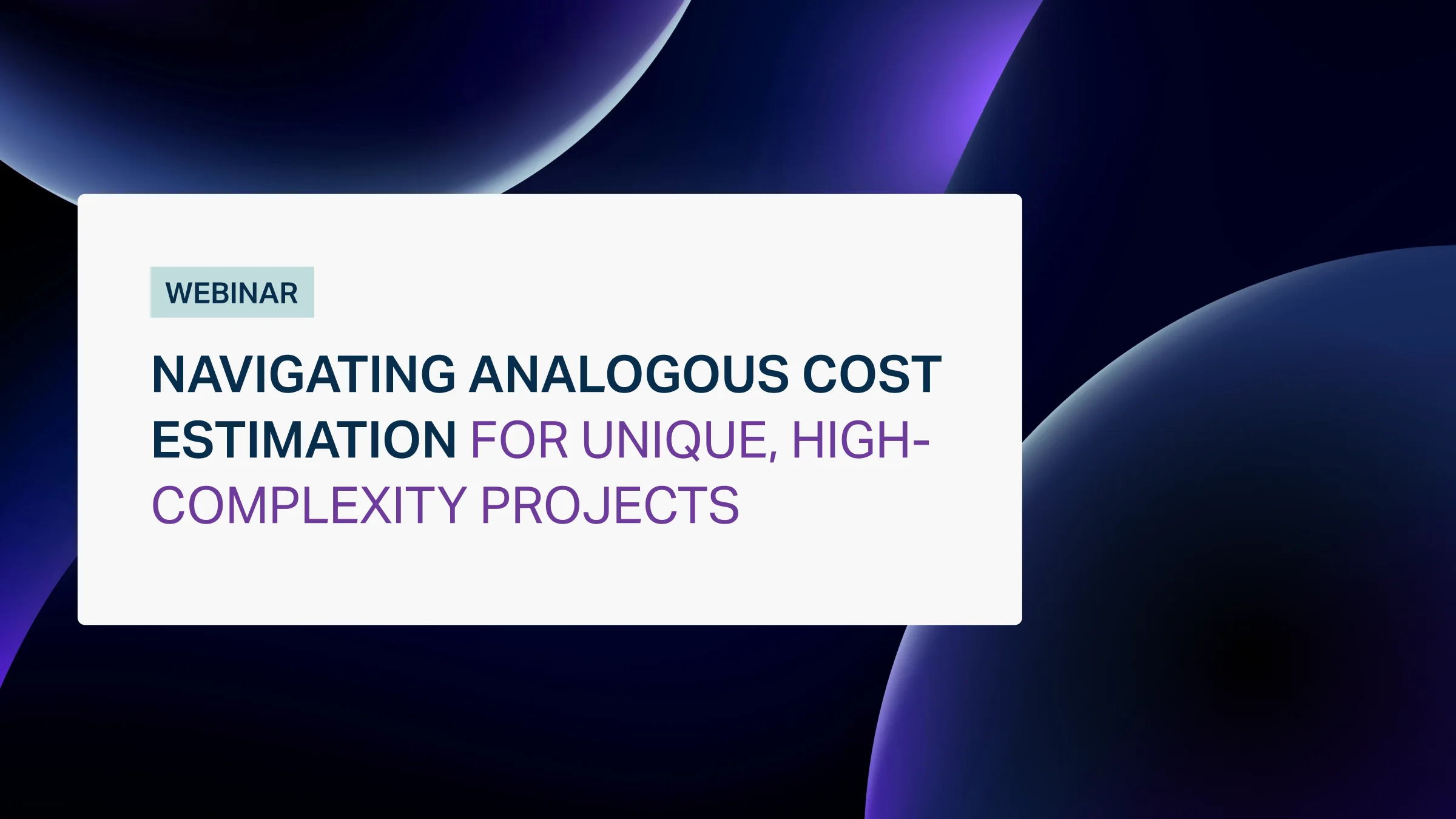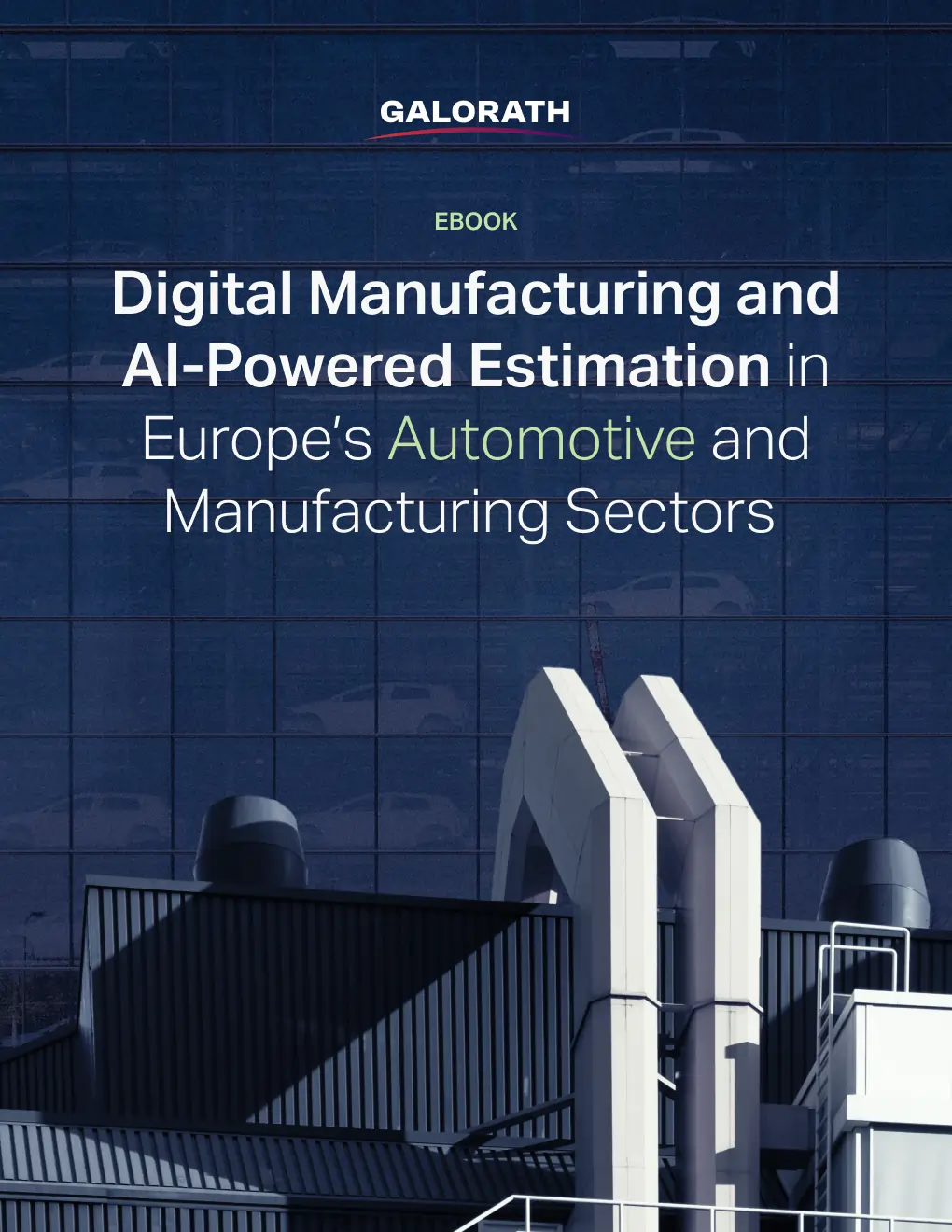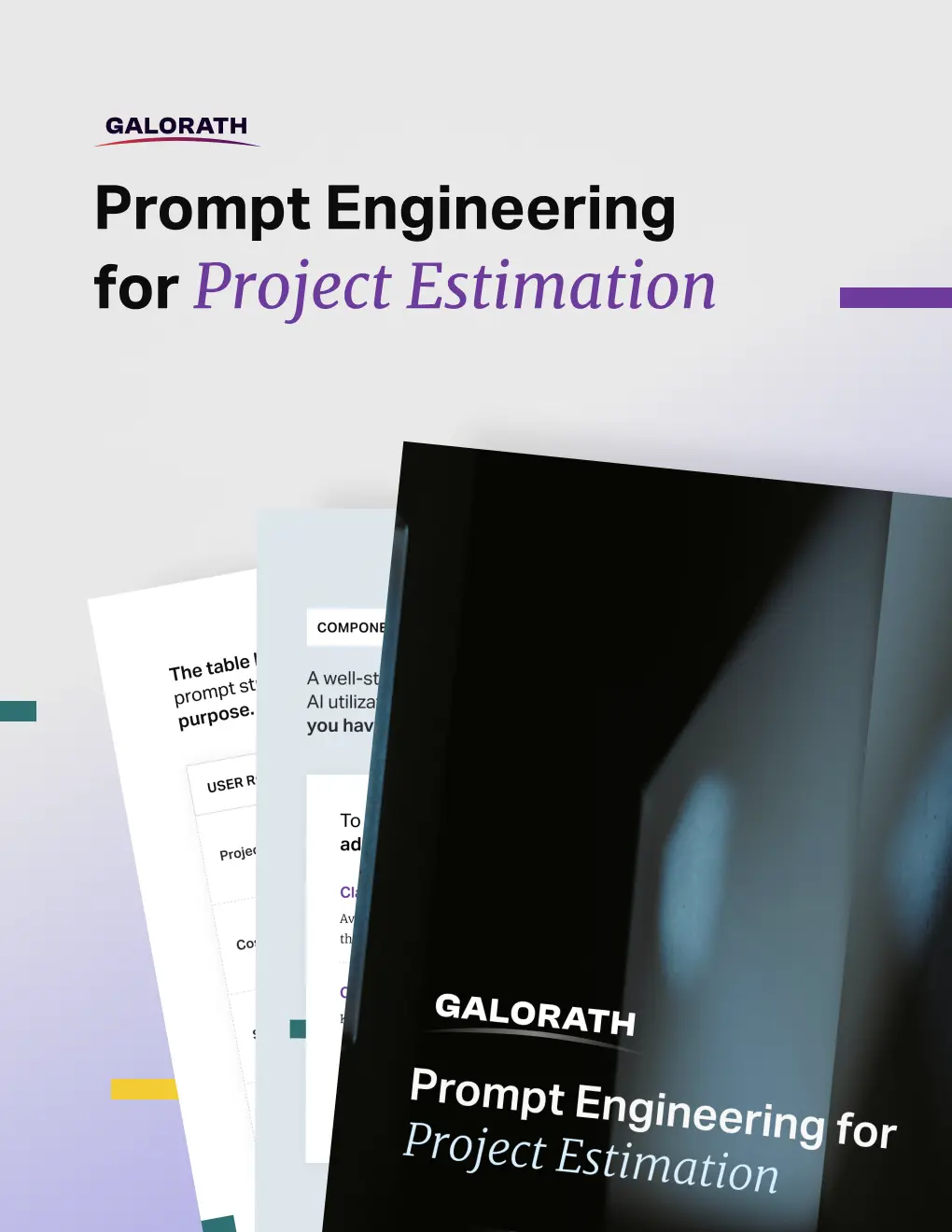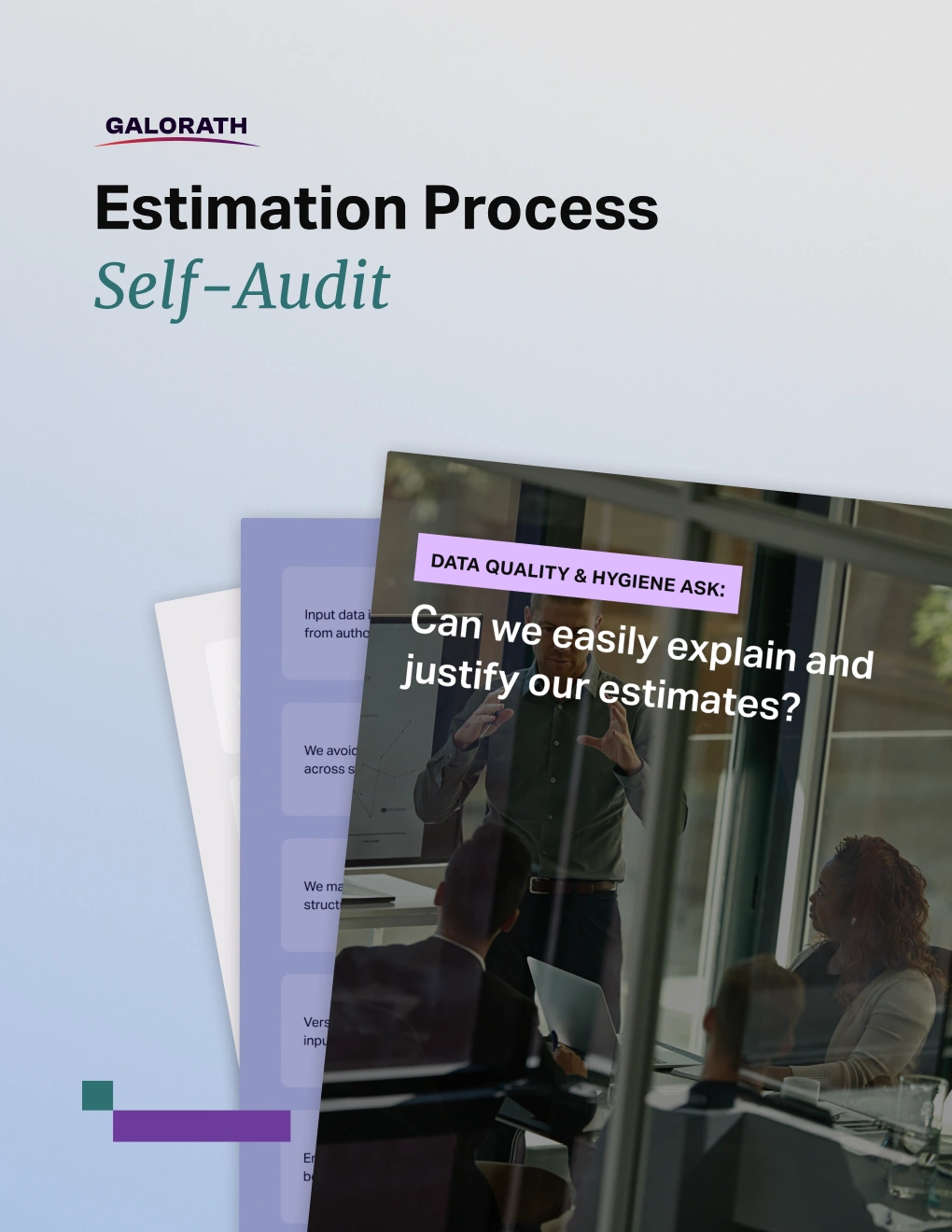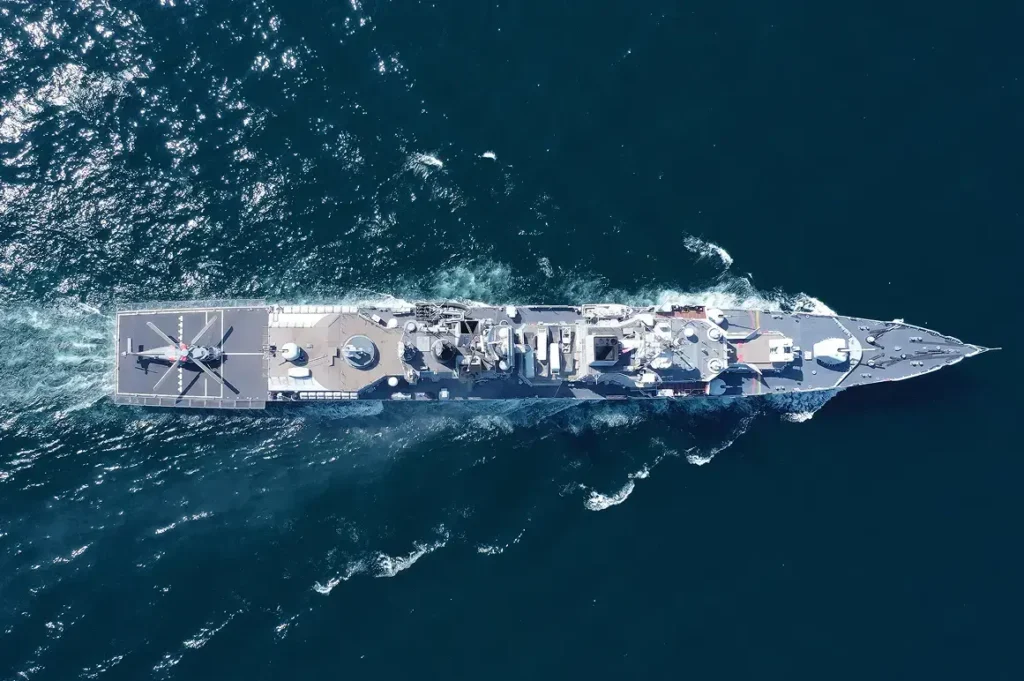Mastering Cost Risk with the CRED Model: A New Approach to Managing Uncertainty

By William J. Vitaliano
Using parametric costing on a recent government proposal saved 1,000 hours and promoted less expensive design alternatives.
Background: Traditionally, Harris used bottoms-up and similar-to basis of estimate (BOE) approaches to determine development costs. On a recent project, in line with the government’s “cost as independent variable” (CAIV) initiative, Harris combined parametric costing with BOE. A commercial knowledge base with extensive industry data helped estimate the new system’s costs, saving research time and making it easier to evaluate alternatives quickly. The development team concluded that parametric costing offers significant benefits for future programs.
CAIV Initiative
The CAIV initiative aims to reduce life cycle costs by establishing and adjusting program cost objectives through cost-performance analyses and trade-offs. This approach shapes requirements and design objectives early in the acquisition process. The traditional bottoms-up approach is not conducive to CAIV because it is too slow to compare cost alternatives. Harris engineers selected SEER-H™ and SEER SEM™ from Galorath Incorporated due to their intuitive interfaces and realistic cost estimates. These tools use a database compiled from thousands of real-world projects to make accurate estimates and offer risk assessment, trade-offs, sensitivity analysis, and technology forecasting.
Developing the Parametric Model
The proposal team began by defining the system architecture and developing a high-level understanding of the system. The cost engineer then constructed the parametric model, entering high-level system data into the software. As the proposal progressed, the model was detailed down to individual PCB components, predicting development and manufacturing costs using similar elements from the database. SEER-H includes manufacturing cost estimation capabilities, sufficient for low production programs, and can integrate with SEER-DFM™ for higher quantities.
Comparing Alternatives
The parametric approach allowed for near-real-time feedback on the impact of various design choices on costs.
Unlike the traditional method, which takes time to develop new estimates, the parametric model provided immediate updates, saving time and effort. Higher-level costs, like those for program management, were automatically allocated, speeding up calculations. The model also updated productivity curves automatically, further reducing manual work.
Substantial Time Savings
By using a comprehensive database to select appropriate historical projects, the parametric cost approach saved considerable time and eliminated the need for complex spreadsheets. Harris engineers estimate saving over one thousand hours of cost engineering support using the SEER™ platform. The parametric approach also delivered superior information quality, guiding engineers towards cost-effective solutions faster.
The government encourages parametric costing because it allows for early cost consideration, proving effective in this project.
A comparison with the conventional method showed closely matching results, within 7%. The parametric approach is a valuable alternative for larger projects with significant development and manufacturing expenses.

